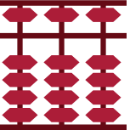
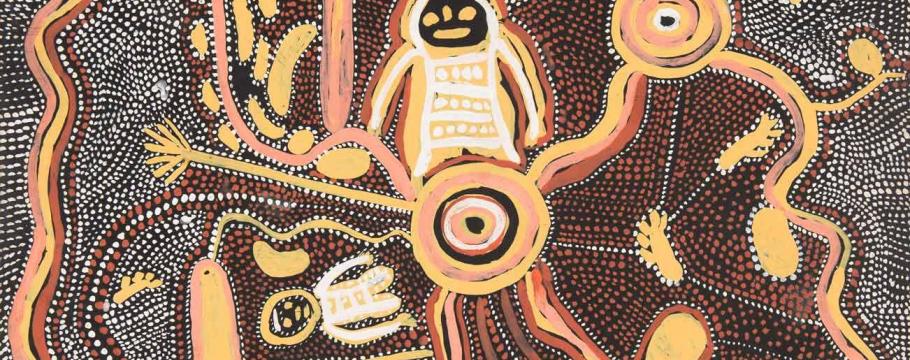
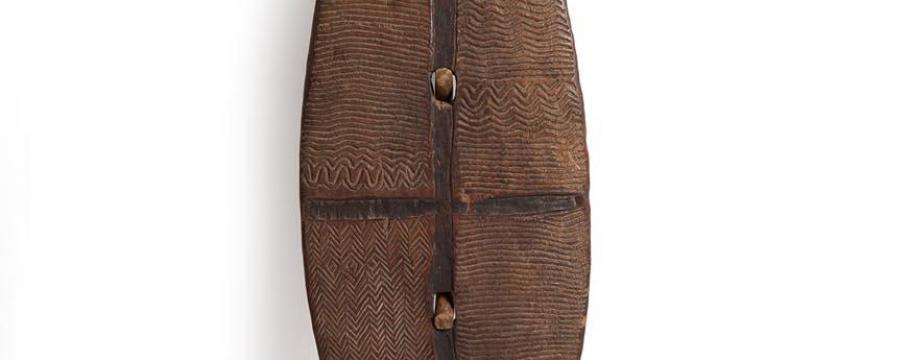

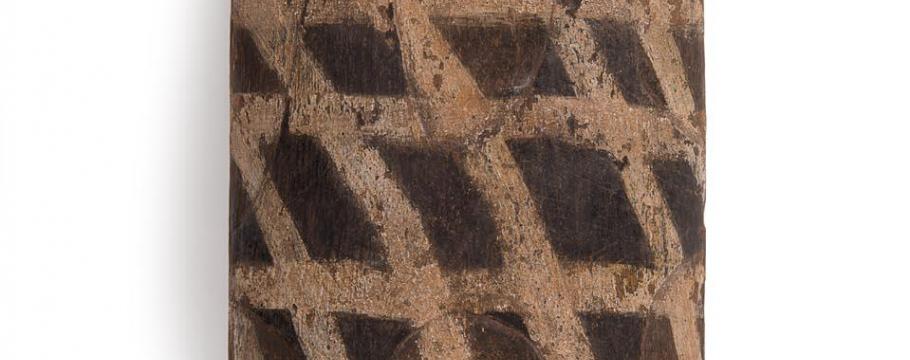

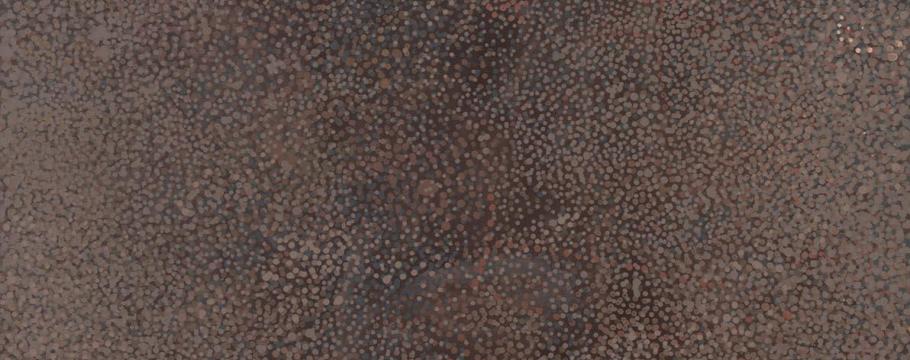


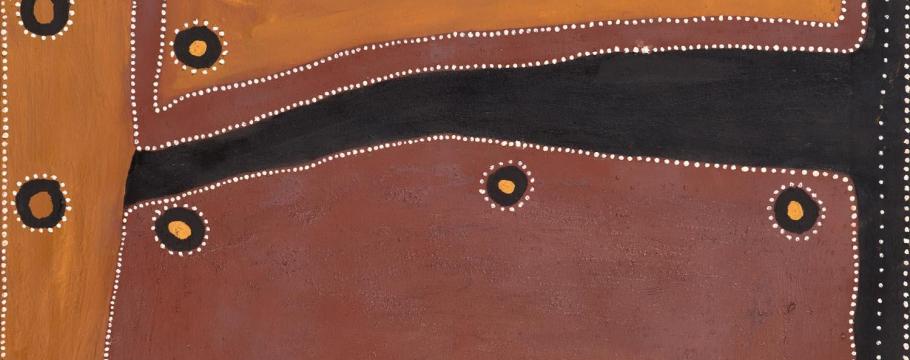
Early artefacts in Australian indigenous auction
Author: Richard Brewster | Posted: 17th July, 2015
Mossgreen’s 2015 annual sale of Australian Indigenous and Oceanic Art features many early artefacts including an important private collection of rare Australian indigenous shields, many of which date to the early 19th century.
Among the more important is an Albury broad shield (lot 56), collected in the 1870s by Albury-based John Mitchell, and the Dja Dja Wurrung broad shield (lot 57) picked up by George Kidman between 1852 and 1864.
English-born Kidman came to Australia during the 1850s gold rush and established a mining claim.
The shield was one of the many artefacts he collected from the Dja Dja Wurrung people, who lived on the protectorate adjoining his Kennedy’s Gully Victoria property, and with whom he often traded food and supplies.
This rare collection, to be auctioned from 6.30pm Tuesday July 21 at 926-930 High Street Armadale, is unlikely to be seen again at auction for many years to come.
It includes superb southwest Queensland 19th century gulmari shields (lots 59-61), a scarce Cape York shield and various central and western desert examples.
The auction also contains an early broad shield (lot 121) recently discovered as part of a private Sydney collection and an early rainforest shield (lot 25) that has Pitt-Rivers provenance.
From the Tiwi Islands comes a fine selection of early works of art (lots 31-46) – many originally collected by Sandra Le Brun Holmes who sought to preserve indigenous religion and culture at a time when these issues were highly politicised.
Of particular note within this selection are two museum quality works – Untitled 1965 (lot 43) by Deaf Tommy Mungatopi and Untitled 1965 (lot 44) by Alie Miller Mungatopi.
Another work collected by Le Brun is Maralaitj 1966 by Yirawala – an important work by one of Australia’s most celebrated bark artists.
John Mawurndjul’s masterpiece Ancestors at Milmilimgkan 1993, from an important private Queensland collection, was painted after the artist received an Australia Council Professional Development grant during a time when the works he produced were arguably his finest.
Two early Papunya boards (now becoming increasingly rare) are in the sale including Johnny Warangula’s Water Dreaming with Bush Tucker 1972.
This painting was consigned directly from the family of Geoffrey Bardon – the man largely responsible for the development of the Western Desert art movement – is seen as one of its finest examples and until recently was on long-term loan to the National Gallery of Australia.
Emily Kngwarreye’s Untitled (Alalgura) 1990 is a highly sophisticated and complex work produced at the height or her prowess and a vital cog in her important retrospective exhibition Utopia: the Genius of Emily Kame Kngwarreye.
